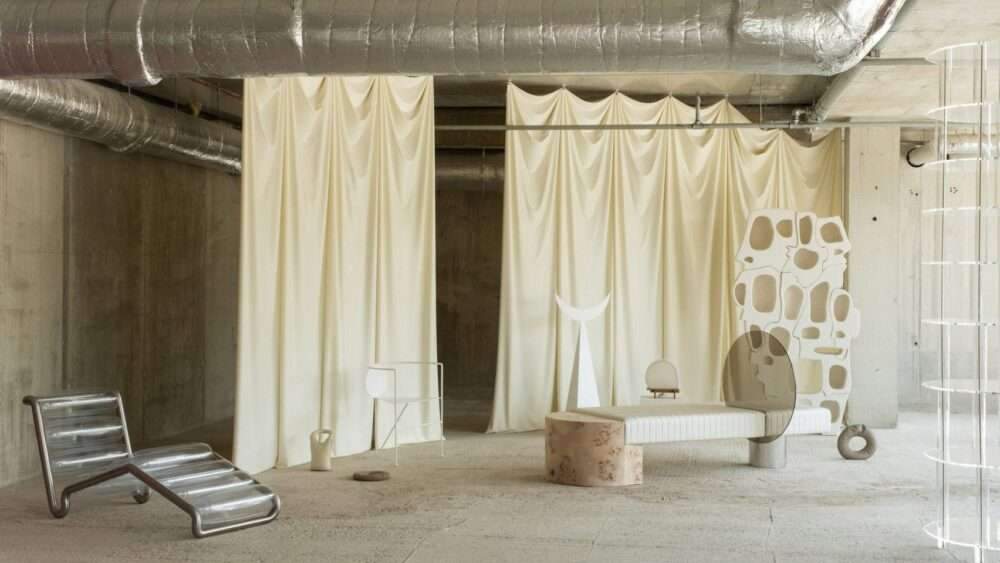The Influence of Currency Fluctuations on Architecture
Understanding Currency Fluctuations and Their Impact on Material Costs
Currency fluctuations, essentially the changes in the value of a nation’s currency relative to others, can have significant implications for various industries, including architecture. When the exchange rate of a currency depreciates, it means that the currency has lost value compared to other currencies. This depreciation can result in increased costs for imported construction materials, as more of the local currency is required to purchase the same amount of foreign goods.
For example, if a country is experiencing a decline in its currency value, the cost of importing essential construction materials such as steel, cement, and glass is likely to rise. These increased costs can substantially inflate the overall budget of construction projects, making it more challenging for architects and builders to maintain their planned expenditures. An illustrative case is the impact of the weakening of the British pound following the Brexit referendum, which led to a rise in the cost of imported materials and subsequently higher construction costs in the UK.
Conversely, when a currency appreciates or gains value, the cost of importing materials decreases. In such scenarios, construction projects can benefit from reduced material costs, potentially making projects more affordable. For instance, if a country’s currency strengthens against the US dollar, the cost of importing materials priced in dollars, such as machinery or high-quality finishes, would decline. This appreciation can positively influence project budgets, allowing for more flexibility and the possibility of incorporating higher-quality materials without exceeding financial constraints.
Understanding the relationship between currency fluctuations and material costs is crucial for architects and project managers. By anticipating changes in exchange rates and their potential impact on material expenses, stakeholders can better plan and manage their budgets, ensuring the financial viability of their construction endeavors.
Labor Costs and Budget Management Amid Currency Changes
Currency fluctuations have a profound impact on labor costs within the architecture industry. When a local currency weakens, the cost of labor often increases, as the purchasing power of the currency diminishes. This scenario poses significant challenges for project managers who must navigate budget constraints while ensuring that projects remain on track. For instance, a weaker currency can lead to higher wages for local workers, thereby inflating overall project costs. Architects and construction firms must then reassess their financial planning, often making difficult decisions about resource allocation and project scope to stay within budget.
Conversely, an appreciating local currency can attract foreign labor, which may offer cost advantages but also brings its own set of challenges. An influx of foreign workers can affect the local job market and potentially disrupt project timelines due to varying skill levels and integration issues. While the cost of hiring foreign labor might be lower, the efficiency and quality of work must also be considered. Therefore, project managers need to weigh the benefits of reduced labor costs against the potential risks of diminished productivity or quality control.
Effective budget management during periods of currency instability requires strategic planning and flexibility. One approach is to establish contingency funds to absorb unexpected cost increases. Additionally, locking in labor contracts at fixed rates can provide financial stability, shielding projects from the adverse effects of currency depreciation. Diversifying the labor pool by combining local and foreign workers can also mitigate risks associated with currency fluctuations, ensuring a balanced approach to labor costs and project timelines.
Furthermore, architects and project managers should continuously monitor currency trends and adjust their financial strategies accordingly. Utilizing financial instruments such as hedging can provide a safeguard against adverse currency movements. By implementing these strategies, the architecture industry can better manage labor costs and maintain project viability amid the ever-changing landscape of global currency dynamics.
Design Adaptations and Cost-Effective Solutions in Response to Currency Instability
Currency fluctuations have a profound impact on various sectors, and architecture is no exception. When the value of a currency is unstable, it can significantly affect the cost of building materials and labor. Architects, therefore, must adapt their design choices to accommodate these financial uncertainties while still delivering functional and aesthetically pleasing structures.
One of the primary strategies architects employ during periods of currency instability is the selection of cost-effective materials. Instead of opting for expensive imports, which can become prohibitively costly due to currency devaluation, architects might turn to locally sourced materials. This not only reduces expenses but also supports local economies and can add a unique, region-specific character to the architecture. For instance, in regions where timber is abundant, wood may become a preferred material, providing both a cost-effective and sustainable solution.
Furthermore, simplified design solutions are another response to economic constraints imposed by fluctuating currency values. Architects may streamline their designs to minimize unnecessary complexity, which can drive up costs. Simplified architectural forms and modular construction techniques can reduce both material waste and labor costs. This approach not only makes projects more financially viable but can also lead to innovative design practices that emphasize functionality and efficiency.
Currency instability can also serve as a catalyst for innovation within the architectural field. Architects are often compelled to think creatively when traditional methods and materials become too costly. This can lead to the development of new construction techniques or the repurposing of unconventional materials. For example, recycled or upcycled materials might be used more frequently, turning financial limitations into opportunities for sustainable and innovative design.
In sum, currency fluctuations necessitate a flexible and resourceful approach in the field of architecture. By embracing cost-effective solutions, simplifying designs, and innovating with alternative materials, architects can continue to create remarkable structures even in the face of economic challenges. These adaptations not only address immediate financial constraints but also contribute to the evolution of architectural practices.
Global Economic Trends and Their Influence on Architectural Practices
Global economic trends, particularly those driven by currency fluctuations, play a significant role in shaping architectural practices worldwide. When currency values shift, they alter the cost of materials, labor, and overall project feasibility, prompting architects to adapt their approaches in response. One notable adaptation is the increasing emphasis on sustainable and locally-sourced materials. By opting for materials that are readily available within a region, architects can mitigate the impact of currency instability on their projects.
For instance, in countries experiencing currency depreciation, imported materials can become prohibitively expensive, leading architects to explore local alternatives. This shift not only helps in controlling costs but also supports local economies and reduces the carbon footprint associated with transportation of materials. Furthermore, the architectural industry has witnessed a surge in the use of innovative, sustainable design solutions that prioritize energy efficiency and environmental consciousness.
Case studies from various regions highlight how economic trends influence architectural practices. In Greece, during the economic crisis of the late 2000s, architects turned to traditional building techniques and materials like stone and timber, which were both cost-effective and abundant locally. Similarly, in Brazil, fluctuations in the Brazilian Real have encouraged architects to utilize locally-sourced bamboo and other natural materials, promoting a sustainable architectural model.
The adaptability of architects in response to global economic trends is crucial. As currency values fluctuate, the architectural landscape evolves, fostering creativity and innovation. This adaptability is not limited to material selection but extends to design strategies that account for economic constraints. Architects are increasingly integrating flexible design concepts that can accommodate future changes in economic conditions, ensuring the longevity and relevance of their projects.
Overall, the influence of currency and broader economic trends on architecture underscores the importance of resilience and adaptability within the industry. By leveraging sustainable practices and local resources, architects can navigate economic uncertainties while contributing to the creation of environmentally responsible and economically viable structures.







